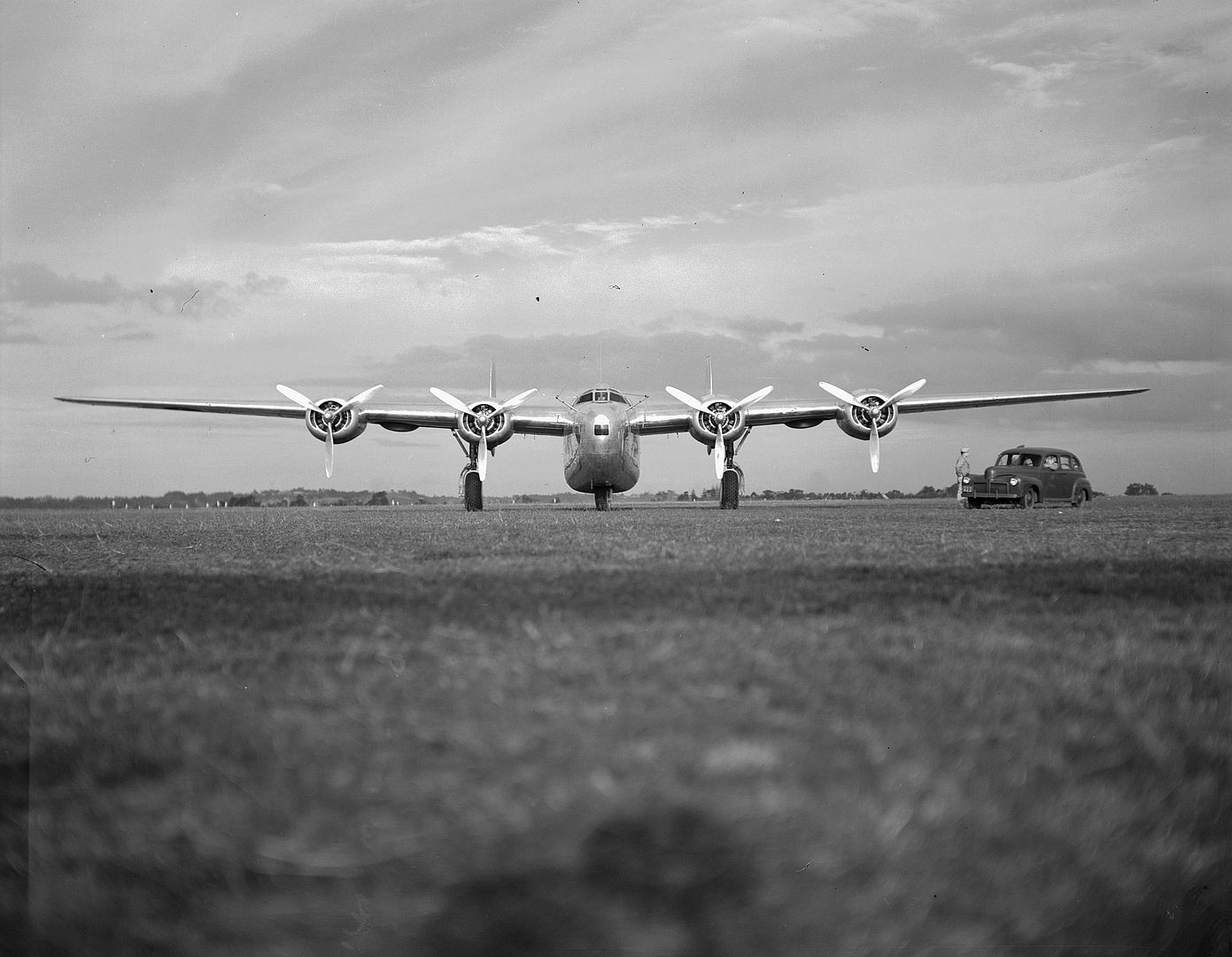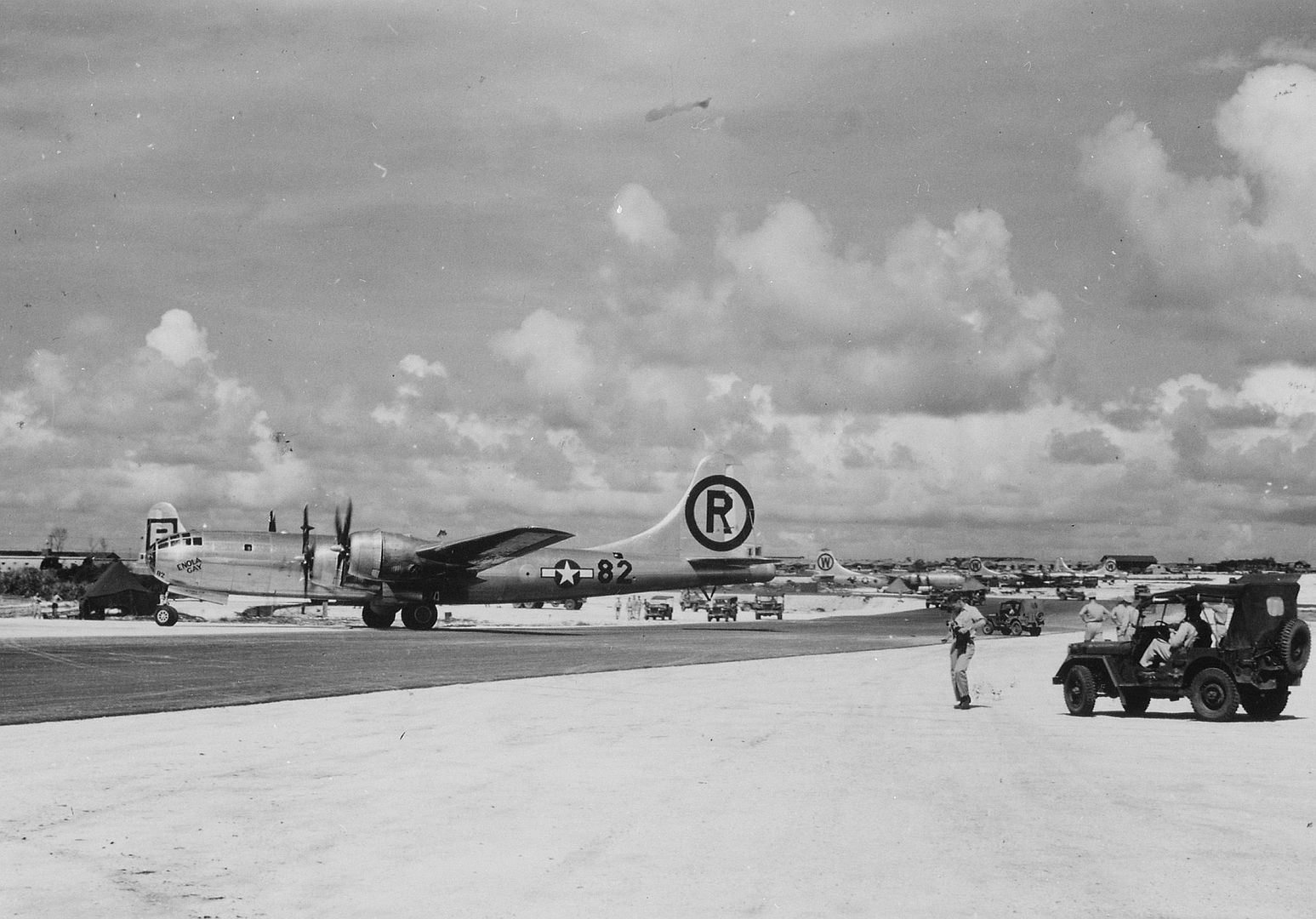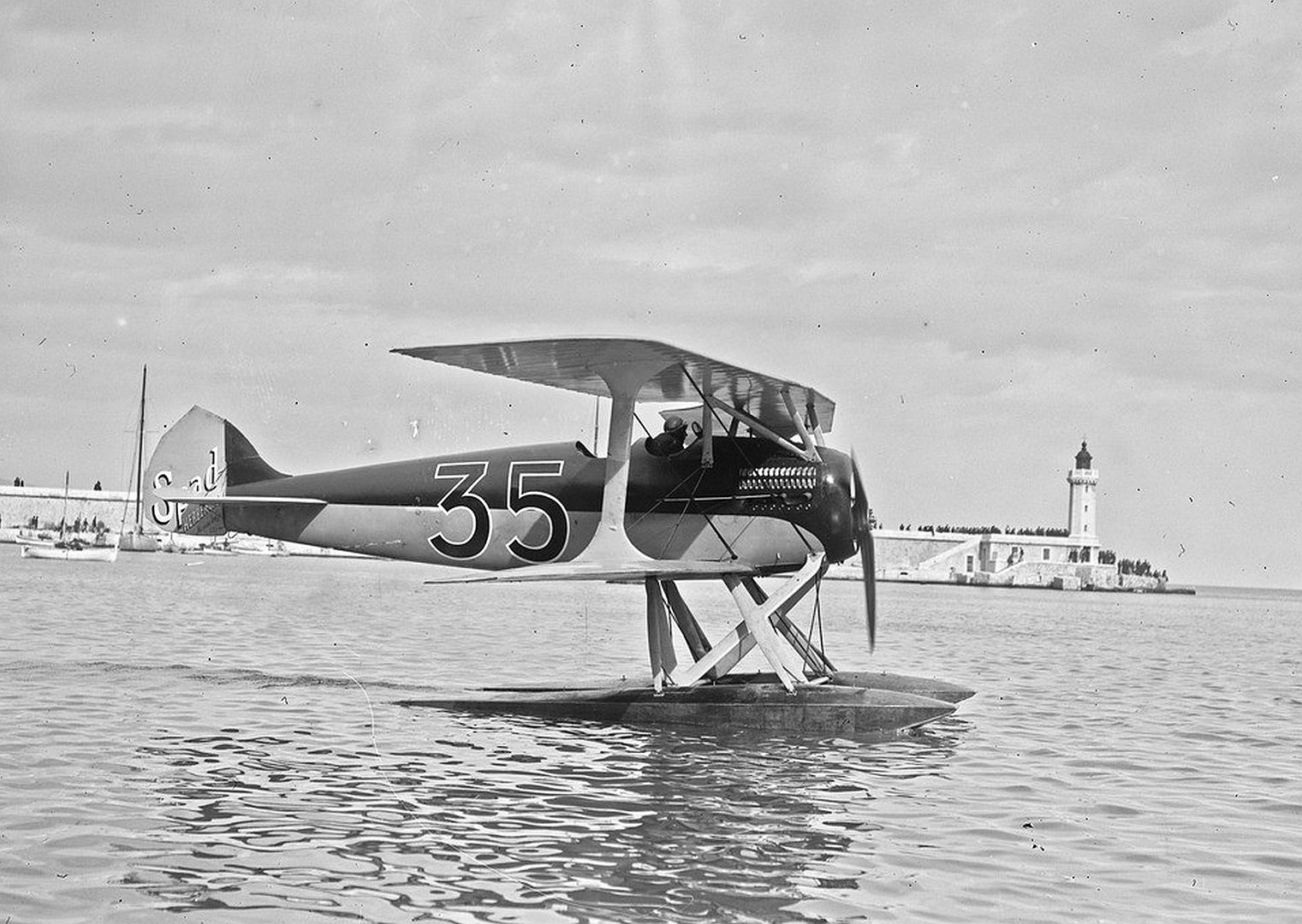Forums
- Forums
- Axis And Allies Forum
- General Discussion
- Photo of the week
Photo of the week
Post a reply
- Go to Next topic
- Go to Welcome
- Go to Introduce Yourself
- Go to General Discussion
- Go to Screenshots, Images and Videos
- Go to Off topic
- Go to Works in Progress
- Go to Skinning Tips / Tutorials
- Go to Skin Requests
- Go to IJAAF Library
- Go to Luftwaffe Library
- Go to RAF Library
- Go to USAAF / USN Library
- Go to Misc Library
- Go to The Ops Room
- Go to Made in Germany
- Go to Campaigns and Missions
- Go to Works in Progress
- Go to Juri's Air-Raid Shelter
- Go to Campaigns and Missions
- Go to Works in Progress
- Go to Skinpacks
- Go to External Projects Discussion
- Go to Books & Resources
-
 Main AdminThis weekends photos.
Main AdminThis weekends photos.
In late 1947 the Danish Army Air Corps started to look for an aircraft that could be used for aerial photography assignments on Greenland for the Danish Geodetic Institute (DGI) and in April 1948 they purchased B 17G OY-DFA “Stig Viking” from DDL.
The plane was rebuilt with 3 cameras in the nose – one for vertical shots and two to oblique recordings – plus space for a photographer behind a pivoting glass covered nose. An additional 1,400-liter fuel tank was installed in the bomb bay, and fi nally the plane got the registration 67-672 and was named “Store Bjørn?”, “Big Dipper”.
In 1949 it flew a navigation tour to Sweden and Norway, went to Greenland and Canada to examine the route and alternate aerodromes. After returning the plane had an overhaul, and from July to September it was stationed on Greenland, where it flew a total of 108 hours of aerial photography for GI. When the Navy vessel “Alken” disappeared on Greenland, “Store Bjørn” assisted in the search from 23 October – 12. November and flew 48 hours total as a SAR aircraft.
1950 was a busy year, from July to the end of September it fl ew a total of 137 hours of aerial photography. Moreover, on the 14th-17th September it flew again as a SAR aircraft for 25 hours in search of Loftleiðirr’s missing DC-4 “Geysir”. This DC-4, called “Geysir” crashed on the middle of Vatnajökull on September 14, spurring a famous rescue operation. For four days no-one knew where the airplance had crashed or if there were any survivors. In fact, the whole crew survived, and as the plane had been carrying cargo at the time there were no passangers.
Danish Geodetic Institute (DGI) did aerial photography and surveying on Greenland using “Store Bjørn” In 1950 low-level vertical aerial photography was carried out in the region around Mestersvig,
Mestersvig is a military outpost with a 1,800 m gravel runway located in in Scoresby Land, on the southern shore of the King Oscar Fjord in Northeast Greenland National Park. It used to be the only permanent settlement in Northeast Greenland National Park but all of the 1986 popu-lation of 40 has been split up into the three newer Northeast Greenland National Park settlements (Danmarkshavn, Nord and Daneborg) except a permanent population of two people, although tourists visit the station occasionally.
From 1956 to 1963, Mestersvig was a zinc and lead mine.)with the main purpose of construct-ing detailed topographic maps in connection with the lead-zinc prospecting. Oblique aerial pho-tography was also carried out over much of the region between latitudes 69°–81°N in the years 1950 and 1952.
After the Royal Danish Air Force was established in 1951 “Store Bjørn?” was assigned to 721 Squadron at Air Base Værløse. It fl ew a rescue fl ight to Greenland to evacuate a seriously injured man. During the summer photo flight on Greenland, June to September the weather was not co-operating and only 56 hours of aerial photography was flown.
In 1952 54 hours of photo flight was done again on Greenland. When the great flood disaster in Holland happened in 1953 “Store Bjørn?” flew blankets, boots and rubber boats from Heathrow to Valkenburg.
During the summer Greenland flight, from June to September it flew a total of 101 hours of aerial photography for DGI and on the first October 1954 The plane was officially decommissioned.
She survives today at the National Museum of the United States Air Force near Dayton, Ohio.
(text from here) - https://worldairphotography.wordpress.com/2014/04/16/the-story-about-the-only-b-17-flying-fortress-in-the-royal-danish-air-force/


-
 Main Admin
Main Admin -
3 years agoFri Sep 16 2022, 09:06amDuggy
 Main Admin
Main Admin -
 Main Admin
Main Admin -
 Main Admin
Main Admin -
 Main Admin
Main Admin -
 Main AdminThis weekends photo.
Main AdminThis weekends photo.
A nice photo of a Finnish Hanriot H.230.The Germans captured 22 aircraft of this type, and since they did not have any use for them, Finland placed an order for three aircraft from the Germans. One was destroyed in an accident during the ferry flight to Finland, the other two saw service as advanced trainers in the Finnish Air Force and were written off on January 2, 1950. During the Winter War the French had planned to send 25 aircraft of this type to Finland. The German aircraft were scrapped in 1942.
-
3 years agoMon Sep 26 2022, 08:52amDuggy
 Main Admin
Main Admin -
 Main AdminThis midweeks photos.
Main AdminThis midweeks photos.
North American B-25J-2 Mitchell serial number 43-27751, coded 50 nicknamed MMR or Margaret Mary Rustin of the 321st Bomb Group
North American B-25J Mitchell - Corsica 340th BG 489th BS 'That's all Brother' 43-27717 Tail 9V 340th.
North American Aviation B-25J Mitchell sn 43-27473 of the 380th Bomb Squadron.
-
3 years agoSat Oct 01 2022, 09:29amDuggy
 Main AdminThis weekends photos.
Main AdminThis weekends photos.
And three shots of C-87A Liberator Express 41-24106 with the nose art 'My Ever Lovin Dove II". Taken at RNZAF Station Whenuapai this is the personal aircraft of Lieutenant General Millard F Harmon, USAAF.


Lieutenant General Millard F. Harmon was born in 1888 at Fort Mason, Calif. He was from a military family - his father was a colonel, one brother a major general and another a colonel. He graduated from the Military Academy in 1912 and was commissioned a second lieutenant in the infantry, serving with the 28th and 9th Infantry Regiments. In 1914 he was ordered to the Philippines, and two years later detailed to the newly-organized Aviation Section of the Signal Corps. That year he accompanied the Punitive Expedition into Mexico and did aerial patrol work along the border. Two weeks before the United States entered World War I, Harmon, then a first lieutenant, was on his way to France. There he attended aviation schools in Paris, served at Allied and American headquarters, and was finally attached to the French 13th Group de Combat as a pilot during the Somme defensive, for which he was awarded the Croix de Guerre.
In July 1920, Harmon, now a major and stationed at France Field in Panama, transferred to the Air Service, precursor of the Air Corps. In April of the following year, he returned to Washington where he served as a member of the Advisory Board of the Air Service. During the years of peace, he continued his training, graduating from the Command and General Staff School and the Army War College. He taught military science and tactics at the University of Washington in Seattle, was assigned as an instructor in the Command and General Staff School, and served with the War Department General Staff for two years.
From 1927 to 1930, he was Commandant of the Air Corps Primary Flying School at March Filed, Calif., during which time he came into contact with the young men then entering aviation training. He commanded Barksdale Field and the 20th Pursuit Group for four years. In 1936, as a lieutenant colonel, he went to Hawaii to command Luke Field and the 5th Bombardment Group (later a part of the South Pacific 13th Air Force). In 1938 he returned to the United States to become Assistant Commandant of the Air Corps Tactical School at Maxwell Field, Ala. After two years of service there, he was assigned for brief periods to Randolph Field, Texas, Mitchel Field in New York, and Hamilton Field, Calf. On Oct. 1, 1940, while he was in command at Randolph Field, he was promoted to brigadier general.
In January 1941, Harmon was sent to the United Kingdom as an Air Observer - he was already rated a command pilot, combat observer and technical observer - serving in that capacity and as a member of the Harriman Mission until April. On his return to the United States, he was assigned as Commanding General of the Interceptor Command of the 4th Air Force. On July 11, he was appointed major general, and a week later was placed in command of the 2nd Air Force, with headquarters at Fort George Wright, Washington. In December of that year he was assigned as acting Commanding General of the Air Force Combat Command.
On Jan. 26, 1942, he became Chief of the Air Staff, Army Air Forces. With 30 years combat and command experience as a ground and air officer, General Harmon was well qualified to command Army Forces in an area of increasing strategic importance where air power was to play a dominant role. In July 1942, General Harmon was appointed Commanding General of U.S. Army Forces in the South Pacific area, an area that was under Navy command. In November, Admiral Halsey assumed command of the South Pacific, and the two formed a perfect team. In 1944, at the conclusion of his mission and before he went to another command, Admiral Halsey wrote, "I was particularly fortunate in having Harmon as Commanding General of the Army Forces; his sound advice and wholehearted cooperation in attaining the common goal were outstanding contributions to the joint effort."
On Feb. 2, 1943, Harmon was promoted to lieutenant general. Until September of the following year, he commanded the Army Forces in the South Pacific, and then moved to a new command, Army Air Forces in the Pacific Ocean areas. At the same time, he was designated Deputy Commander of the 20th Air Force, under the command of General Arnold. Under his command, the B-29s began their bombardment of Japan from the Marianas, and the Air Forces in the area that was reorganized. In March 1945, on a routine flight in another C-87A Liberator Express from Hawaii over the Marshall Islands, his plane was lost. Despite the most intensive search by Army and Navy planes and surface vessels, no trace of the plane was ever found. On Feb. 27, 1946, he was declared officially dead.
Post a reply
- Go to Next topic
- Go to Welcome
- Go to Introduce Yourself
- Go to General Discussion
- Go to Screenshots, Images and Videos
- Go to Off topic
- Go to Works in Progress
- Go to Skinning Tips / Tutorials
- Go to Skin Requests
- Go to IJAAF Library
- Go to Luftwaffe Library
- Go to RAF Library
- Go to USAAF / USN Library
- Go to Misc Library
- Go to The Ops Room
- Go to Made in Germany
- Go to Campaigns and Missions
- Go to Works in Progress
- Go to Juri's Air-Raid Shelter
- Go to Campaigns and Missions
- Go to Works in Progress
- Go to Skinpacks
- Go to External Projects Discussion
- Go to Books & Resources














